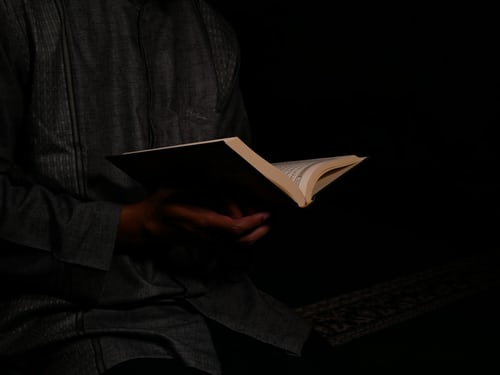Inspiring Older Readers
 posted on 14 May 2017
posted on 14 May 2017
Too Much: Art & Society in the Sixties 1960-75 by Robert Hewison
This is volume three of Hewison’s The Arts in Britain Since 1939.
Not for the first time, a review here has made me revisit a book – sometimes even pulling it out from the pile destined for the charity shop – and read it again with renewed interest and purpose. Such was the case with Under Siege: Literary Life in London 1939-45 by Robert Hewison (http://www.letterpressproject.co.uk/inspiring-older-readers/2017-04-30/under-siege-literary-life-in-london-1939-45).
I reread this with immense enjoyment and thought its relatively narrow focus on the arts (primarily writing but with modest excursions into the visual arts) in the war years made an informative and insightful read.
And then – skipping over the middle volume, In Anger: Culture in the Cold War 1945-60, which I don’t have – I also revisited Too Much: Art & Society in the Sixties 1960-75.
Never was a title better – or perhaps more unfortunately – chosen. It is indeed too much. Too much of everything. There is scarcely a facet of art and culture during the period that Hewison doesn’t cover and try to shoehorn into the baggiest of theoretical frameworks – the emergence of mass media and TV, Swinging London, the birth of the ‘teenager’, the emerging underground, the counter-culture, Pop Art, radicalisation, anti-psychiatry, the little magazine scene, Profumo, happenings…
While the book cannot be faulted for its thoroughness, I couldn’t help feeling that it simply tried to cover too much – and in prose that while adequate, could never be said to be inspired. Eventually, it wore me down.
My especial moment of insight came about seventy pages in, when Hewison hasn’t even really got on to the wider arts scene but is still labouring to define and articulate the new culture of the Sixties – what he annoyingly keeps referring to as the ‘long cultural front’ (admittedly not his own phrase: it means the breaking down of conventional cultural boundaries and hierarchies in favour of a broader and more inclusive conception of what constitutes ‘culture’). What Hewison seems to have been hacking away at for ever is skewered in a single paragraph taken from an exhibition review by Jonathan Miller, who says:
Mod, of course, is the word one is groping for, since it gets, better than the over-used ‘pop’, the emotionally indifferent swish of these paintings, so many of which are decorative in a camp sort of way. There is now a curious cultural community, breathlessly à la Mod, where Lord Snowdon and the other desperadoes of grainy blow-ups and bled-off layout jostle with commercial art-school Mersey stars, window dressers and Carnaby Street pants-peddlers. Style is the thing here – Taste 64 – a cool line and the witty insolence of youth. Tradition has little bearing on any of these individual talents and age can go stuff itself.
Desperadoes of the grainy blow-up and bled-off layout! If only Hewison’s prose had more Jonathan Miller in it the book would have been immeasurably enlivened. As it is, this account of one of the most tumultuous periods in British arts, culture and politics fails to engage and sadly falls short of its considerable ambitions. What should have been a genuinely exciting book now feels as if it is trying to escape the frozen gulag of academia. Too much indeed. And, paradoxically, not enough.
Alun Severn
May 2017